This information was shared by experts at the Scientific Conference of the Vietnam Respiratory Society - French-Vietnamese Lung Association on the morning of November 4 in Ha Long City, Quang Ninh. The conference was held to celebrate the 50th anniversary of Vietnam-France diplomatic relations and 30 years of French-Vietnamese medical cooperation. More than 1,000 experts and doctors from Vietnam, France, and Australia were present to discuss solutions to manage antibiotic resistance and lung damage after Covid-19.
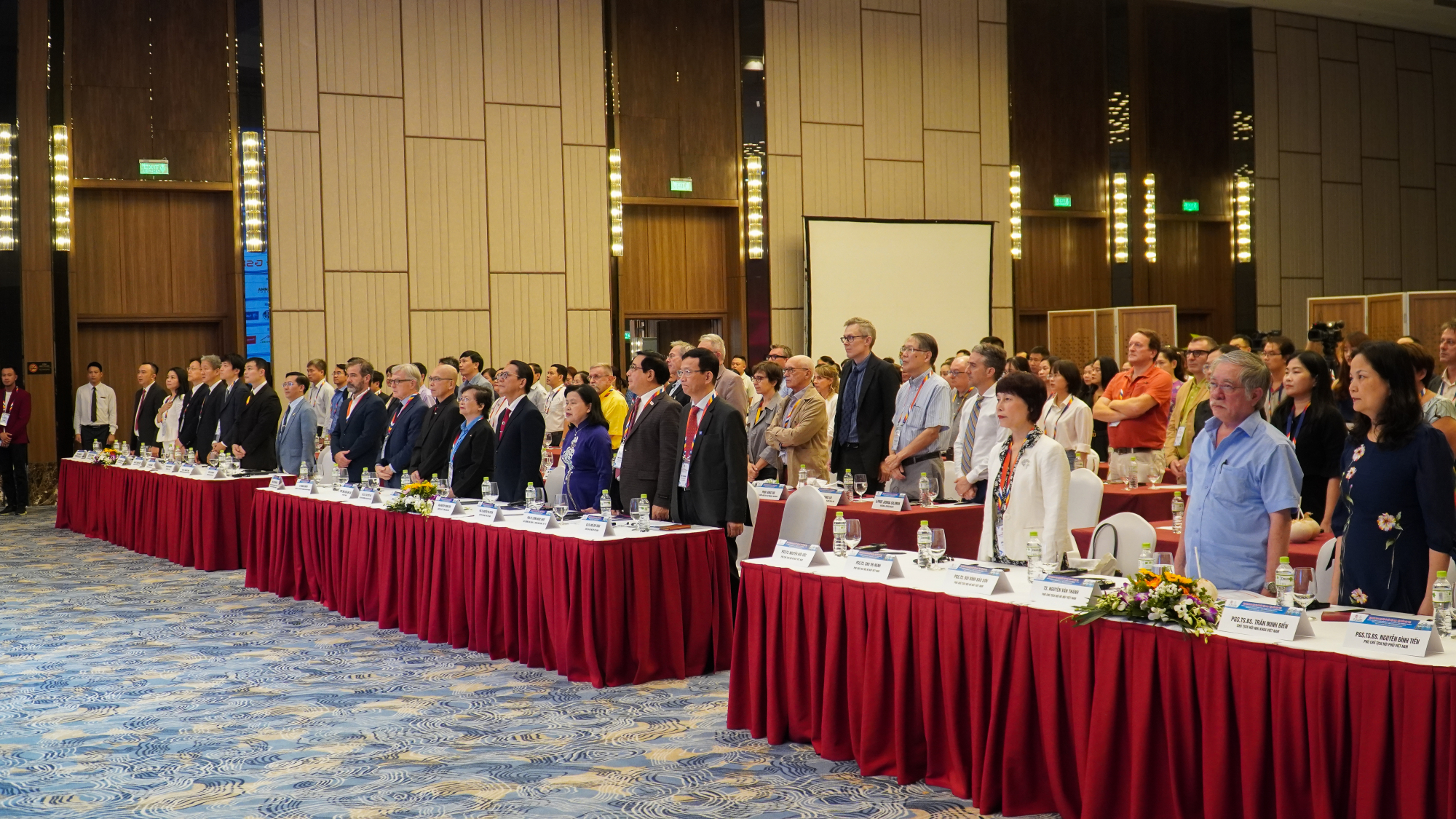
Experts at the opening session of the Conference. Photo: Tam Anh General Hospital
Associate Professor, Dr. Ngo Quy Chau, President of the Vietnam Respiratory Association and Professional Director of Tam Anh General Hospital , Hanoi, said that Vietnam is one of the countries with increasing antibiotic resistance in recent years.
The causes are due to the irrational use of antibiotics at all levels of the health care system such as inappropriate prescriptions, poor hospital infection control, antibiotic use in aquaculture, in animal husbandry and in the community... In particular, people using antibiotics on their own, arbitrarily increasing or decreasing or skipping doses also increases the risk of antibiotic resistance.
During the Covid-19 pandemic, many bacterial and fungal infections, including tuberculosis, were not diagnosed and treated due to the closure of outpatient clinics. “People are afraid and limit their visits to the doctor, so the pathogens may not be completely prevented, leading to the risk of spreading and drug resistance,” said Professor Chau.
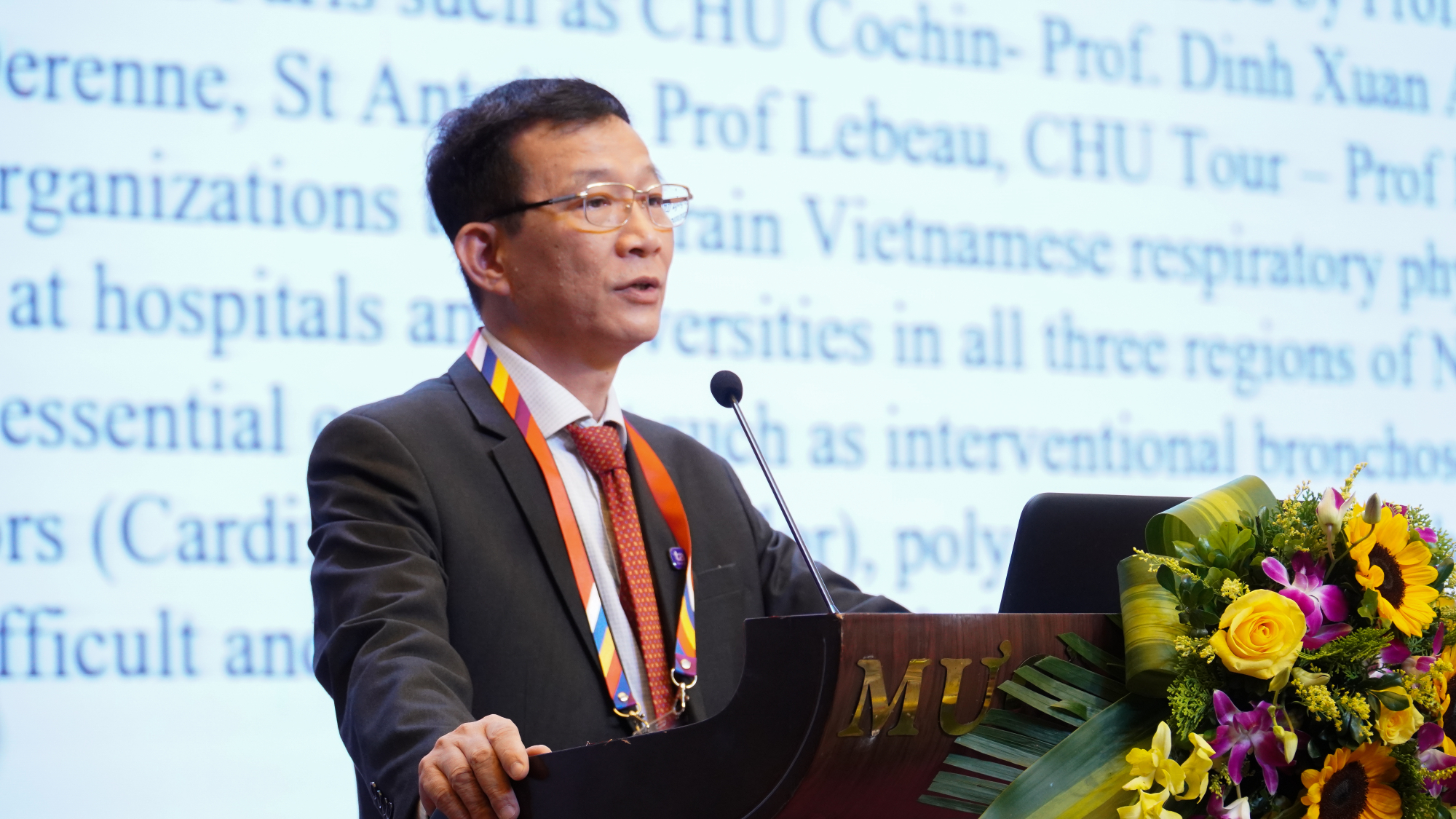
Professor Ngo Quy Chau spoke at the opening ceremony of the Conference. Photo: Tam Anh General Hospital
Associate Professor, Dr. Chu Thi Hanh, Vice President of the Vietnam Respiratory Association, Head of the Respiratory Department of Tam Anh General Hospital, Hanoi, said that the first-line antibiotics chosen for the treatment of community-acquired respiratory infections include three main types: penicillin, cephalosporin, and macrolide. However, research results from many published works in Vietnam and around the world show that the sensitivity of bacteria to these antibiotics is currently decreasing, and the level of resistance is even at an alarmingly high level.
In a 2021 analysis, the CDC reported that the rate of hospital-acquired infections (HAIs) in the US increased significantly in 2020, when the Covid-19 pandemic emerged. Many of these HAIs were resistant to antibiotics or antifungal drugs. Other studies on antibiotic resistance after the Covid-19 pandemic, such as studies in South Korea and the US, also showed an increase in drug-resistant bacteria after the pandemic.
Reporting at the conference, Prof. Dr. Hans Liu, Bryn Mawr Hospital, USA said that the world is currently lacking inventions of new groups of antibiotics. For more than 10 years, there has been no invention of new antibiotics, while the number of antibiotic-resistant bacteria has increased sharply, especially after the Covid-19 pandemic. "Use the best antibiotics for the indication, stop using antibiotics when no longer necessary with a shorter course to reduce antibiotic resistance," said Prof. Hans.
“Rational use of antibiotics, strengthening infection prevention and control in non-hospital settings, such as nursing homes and long-term care facilities, and proactive disease prevention through vaccination help reduce the burden of antibiotic resistance,” said Professor Chau.
During the conference, experts also discussed in depth the reality of lung damage in people with prolonged Covid-19. According to Associate Professor Hanh, the duration of Covid-19 is not just a few months as many patients think. "There are many cases where lung damage caused by Covid-19 persists for 1-2 years," Associate Professor Hanh said.
Pulmonary sequelae in long-term Covid-19 patients manifest at different levels of severity, from difficulty breathing to severe lung damage, requiring ventilator dependence. Some of the most common persistent symptoms are difficulty breathing, reduced mobility and decreased blood oxygen, prolonged cough, chest pain. In severe Covid-19 patients, after recovery, pulmonary fibrosis may also occur.
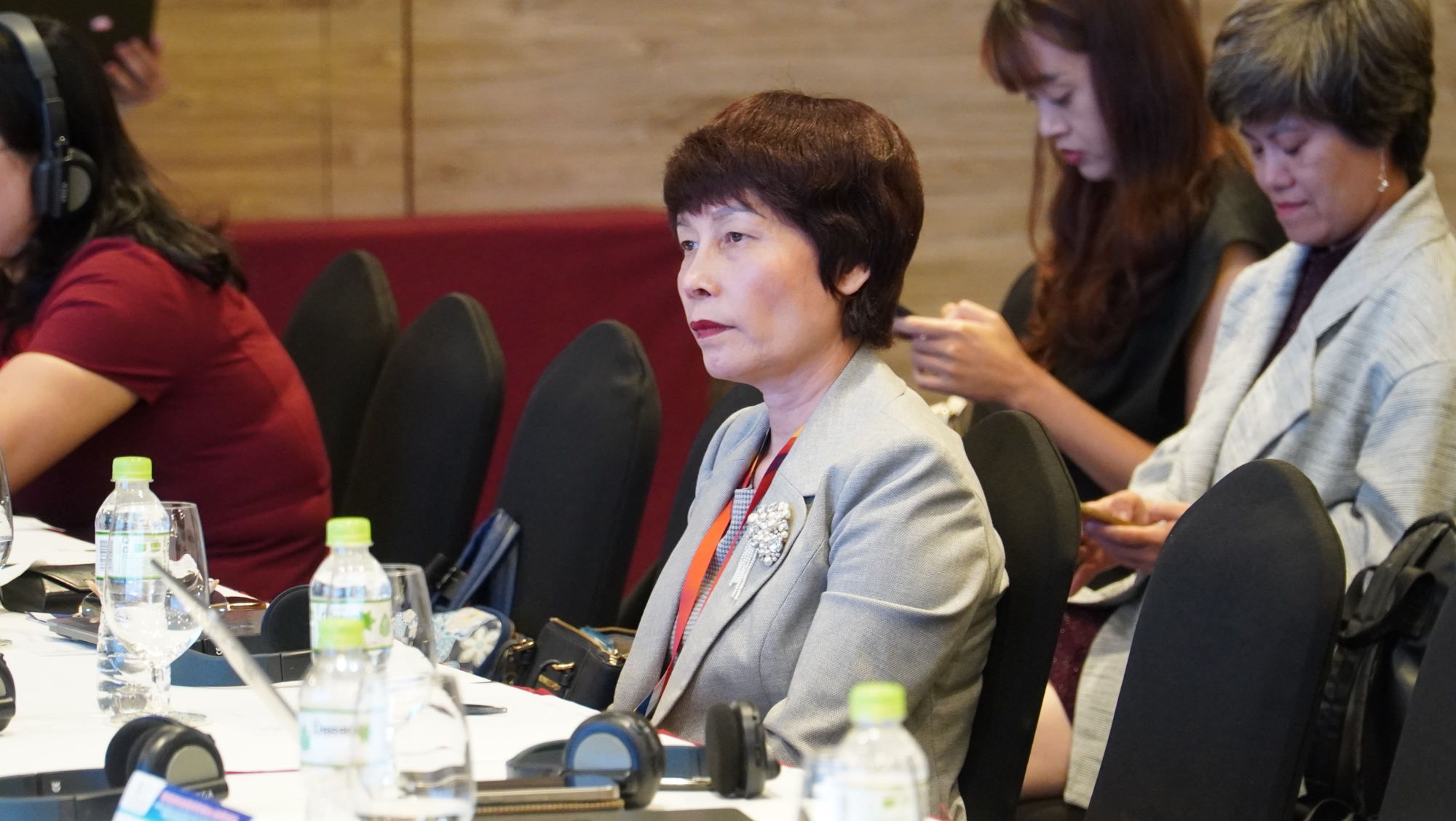
Associate Professor Hanh at the Conference. Photo: Tam Anh General Hospital
Speaking at the Conference, Associate Professor, Dr. Luong Ngoc Khue, Director of the Department of Medical Examination and Treatment Management (Ministry of Health) said that thanks to the active coordination between the Ministry of Health and professional associations, especially the respiratory sector, the fight against Covid-19 has achieved many results. Vietnam has officially announced to the world that Covid-19 has been transferred from group A infectious disease to group B. However, many challenges remain. In recent years, Vietnamese respiratory scientists have strengthened international scientific cooperation to update scientific knowledge on guidelines for diagnosis, treatment and prevention of respiratory diseases.
Associate Professor, Dr. Nguyen Thi Xuyen, President of the Vietnam Medical Association, stated that the current situation of respiratory diseases is increasingly complicated. In addition to classic diseases, there are also new emerging diseases that have never been seen before, making it difficult to diagnose, treat and monitor patients. The complex and unpredictable developments of infectious respiratory diseases and the antibiotic resistance of bacteria also make diagnosis and treatment difficult. The Vietnam Respiratory Association has made significant contributions to strengthening health education and communication, training, updating medical knowledge for doctors, and improving the quality of medical examination and treatment.
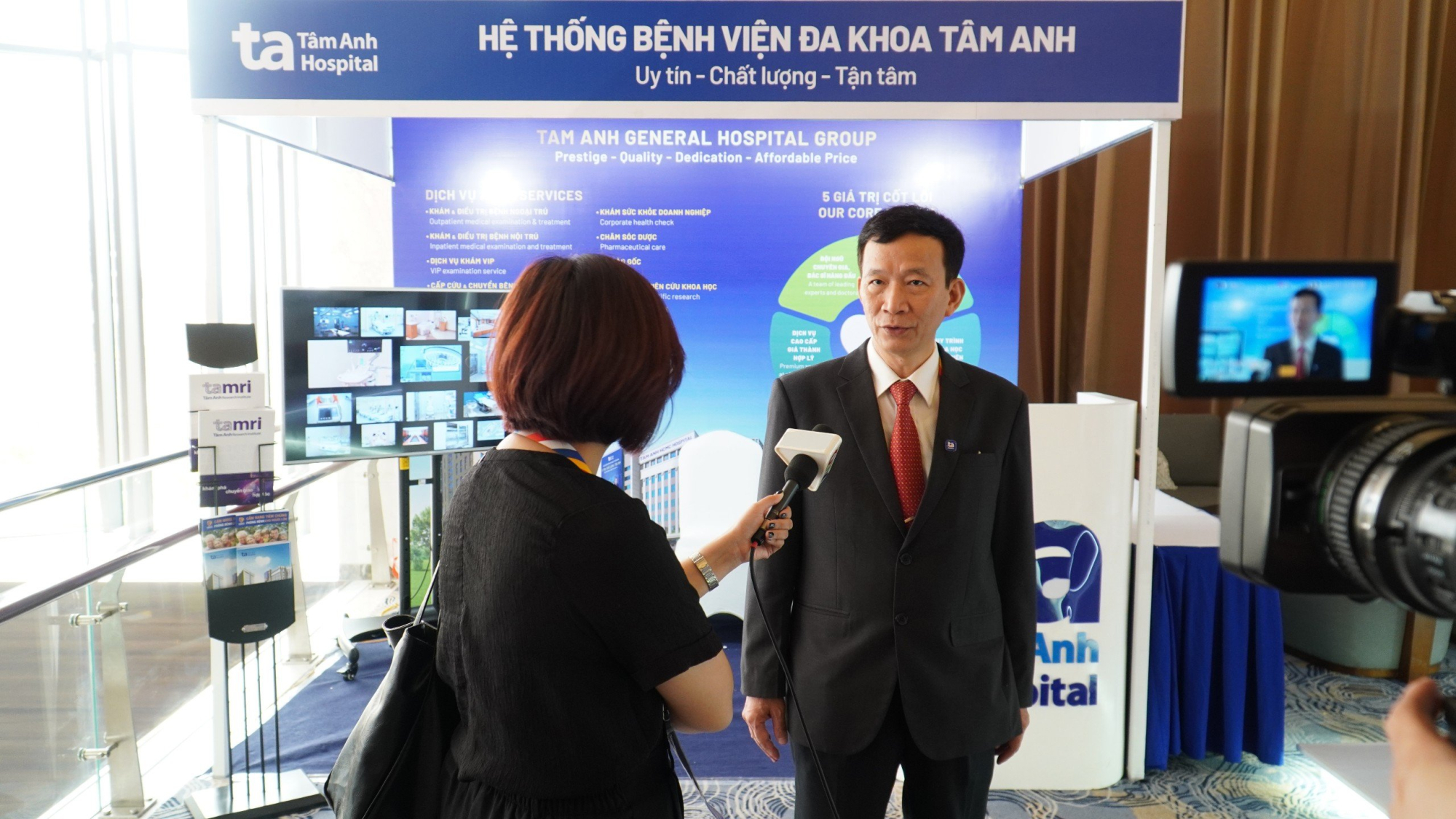
Professor Chau at Tam Anh General Hospital booth.
This year's conference featured 137 presentations by nearly 90 experts and doctors, more than half of whom came from France, the US, Japan, and Australia. Many practical topics were discussed, such as updates on diagnosis and treatment of asthma, chronic obstructive pulmonary disease, lung cancer, sleep apnea, interstitial lung disease, pediatric respiratory problems, and thoracic surgery. Many new diagnostic and treatment techniques were shared, such as bronchoscopy with ultrasound, non-invasive mechanical ventilation for sleep apnea treatment, minimally invasive lung surgery, lung biopsy for early diagnosis of lung cancer, endovascular intervention in some respiratory diseases such as arteriovenous fistulas, strategies for prevention and treatment of hospital-acquired pneumonia, etc.
“This is an opportunity for domestic and foreign doctors to update the latest advances in the world in the respiratory field, and identify new challenges in medical examination and treatment in the post-Covid-19 period,” Associate Professor Hanh said.
Hoai Pham
Source





![[Photo] National Assembly Chairman Tran Thanh Man attends the VinFuture 2025 Award Ceremony](/_next/image?url=https%3A%2F%2Fvphoto.vietnam.vn%2Fthumb%2F1200x675%2Fvietnam%2Fresource%2FIMAGE%2F2025%2F12%2F05%2F1764951162416_2628509768338816493-6995-jpg.webp&w=3840&q=75)
![[Photo] 60th Anniversary of the Founding of the Vietnam Association of Photographic Artists](/_next/image?url=https%3A%2F%2Fvphoto.vietnam.vn%2Fthumb%2F1200x675%2Fvietnam%2Fresource%2FIMAGE%2F2025%2F12%2F05%2F1764935864512_a1-bnd-0841-9740-jpg.webp&w=3840&q=75)

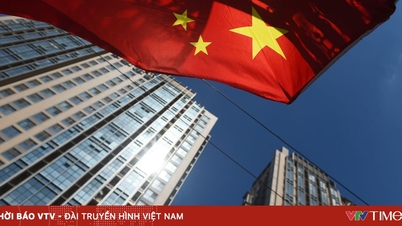

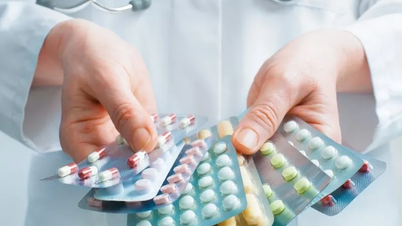




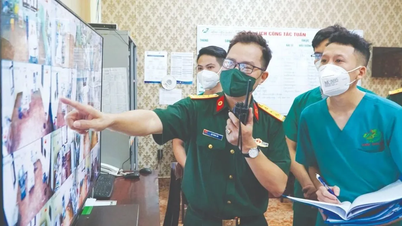

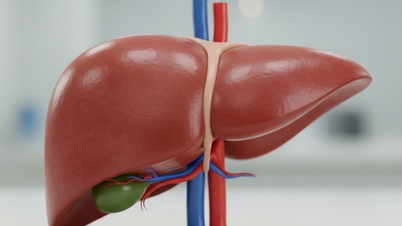






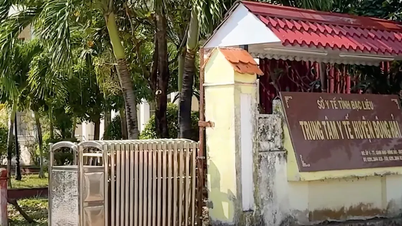




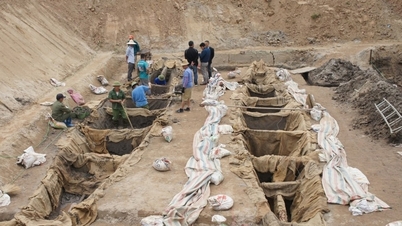
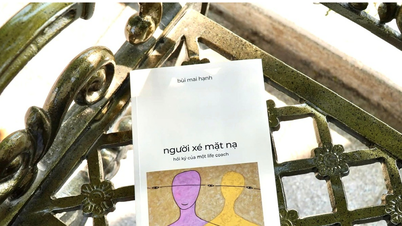





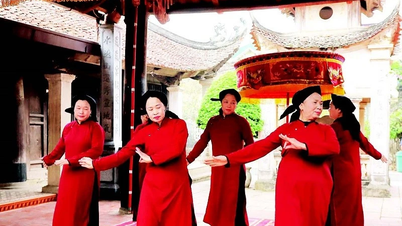
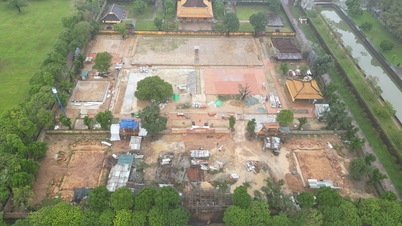




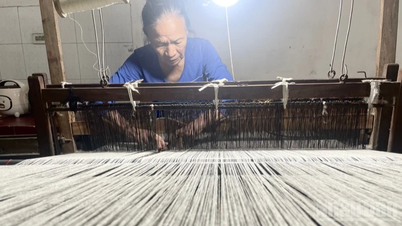
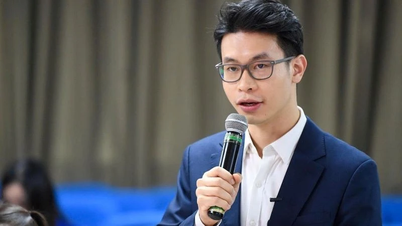
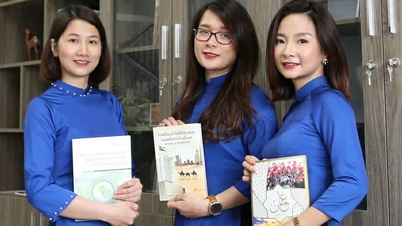
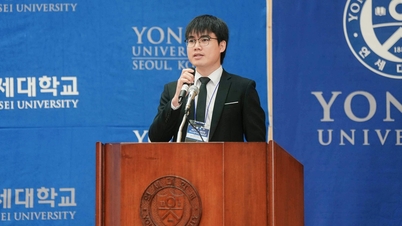









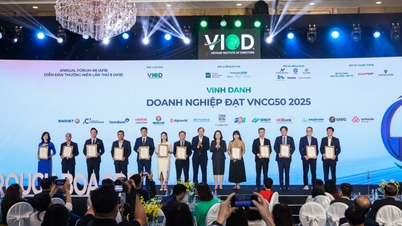

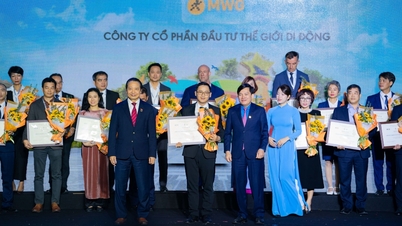
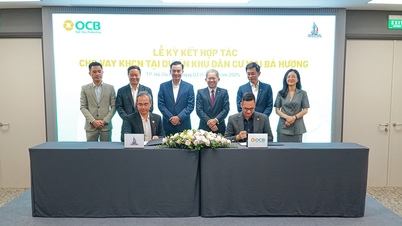








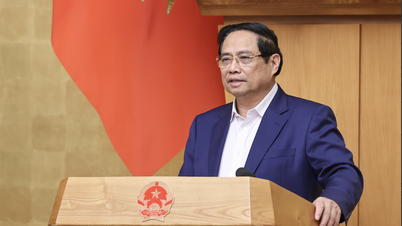

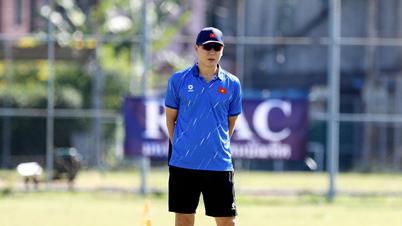

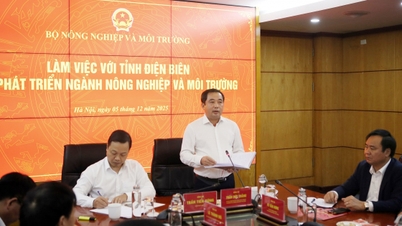

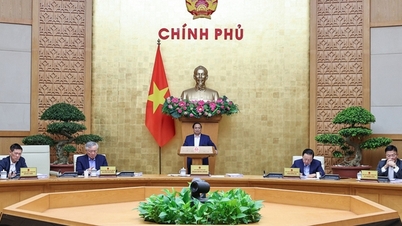




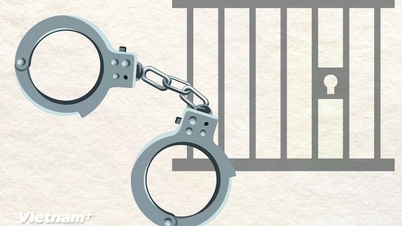


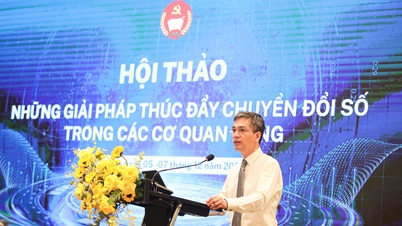
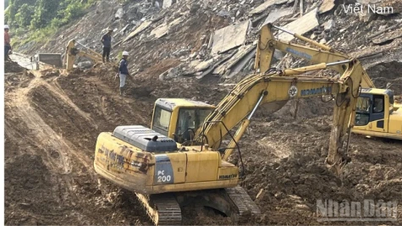

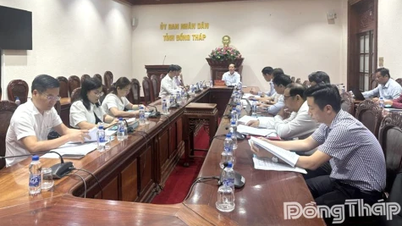


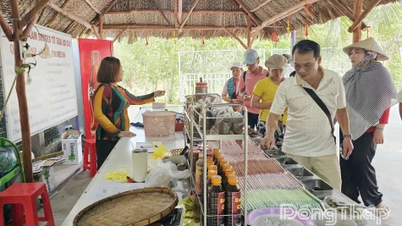
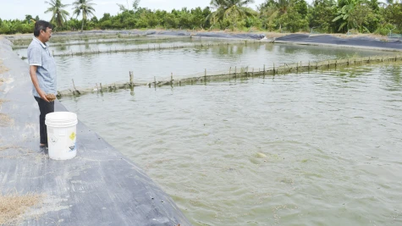
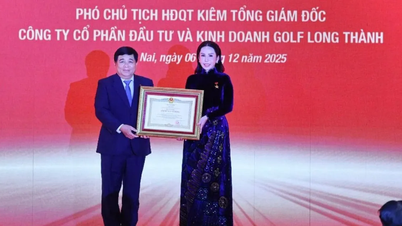










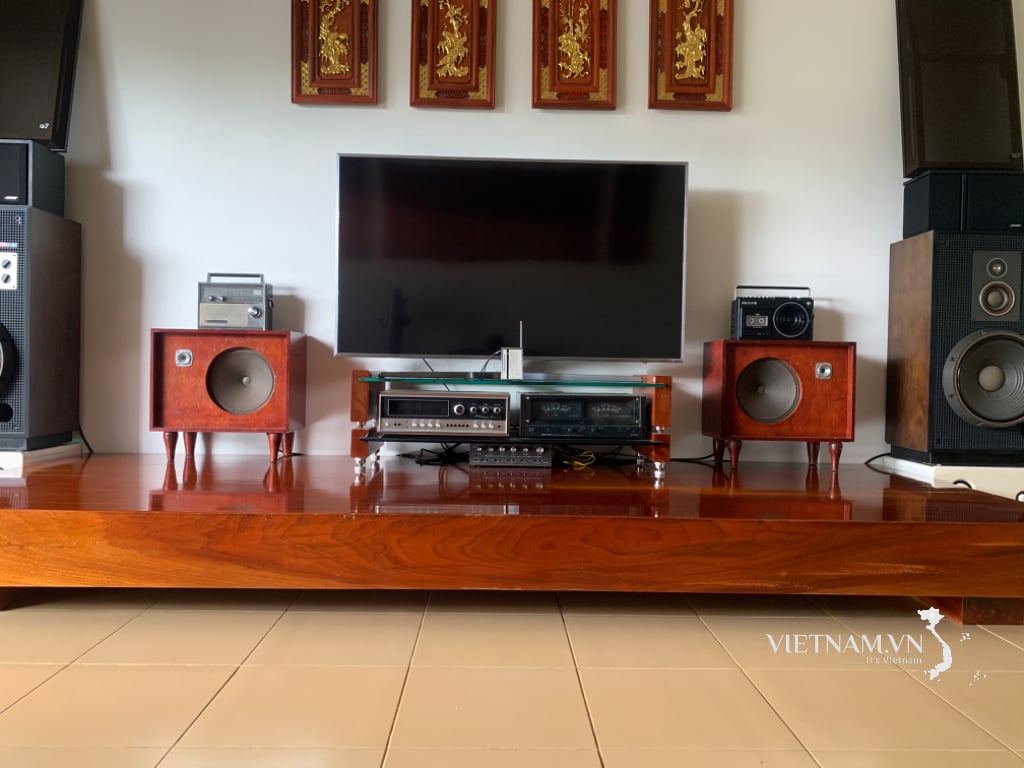






Comment (0)